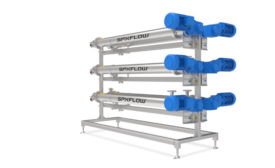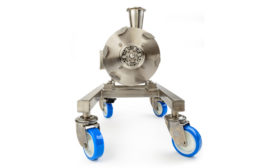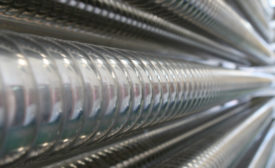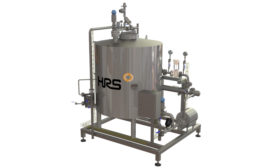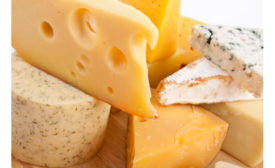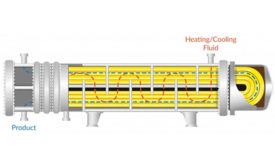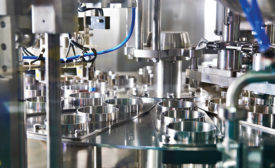Home » Keywords: » heat exchangers
Items Tagged with 'heat exchangers'
ARTICLES
SPX Flow introduces new heat exchanger
The Origin Series SSHE is engineered for multi-use performance and global applications
January 4, 2024
The future is bright for heat exchangers
Technology developers are launching designs that are enabling dairy processors to cut expenses while enhancing food quality.
August 8, 2023
Heat exchangers add pizzaz to processing operations
State-of-the art heat transfer technologies are enhancing functionality and making equipment selection increasingly important.
October 20, 2022
Heat exchangers offer big processing paybacks
Selecting the proper heat exchanger and keeping the system operating efficiently can be challenging but fruitful.
September 29, 2021
Case Study
Cheese processor uses heat exchangers to increase cheese-drying capacity
HRS Heat Exchangers' evaporation technology helped expand production volume.
February 16, 2021
A hot market for heat exchangers in dairy processing
Upgrades to technologies are enabling dairy processors to produce higher quality products more efficiently and cost-effectively.
October 13, 2020
Regular maintenance keeps heat exchangers running
Dairy processors could avoid costly downtime with regular and long-term maintenance plans for their heat exchangers
October 23, 2019
Stay ahead of the curve. Unlock a dose of cutting-edge insights.
Receive our premium content directly to your inbox.
SIGN-UP TODAYCopyright ©2025. All Rights Reserved BNP Media.
Design, CMS, Hosting & Web Development :: ePublishing


